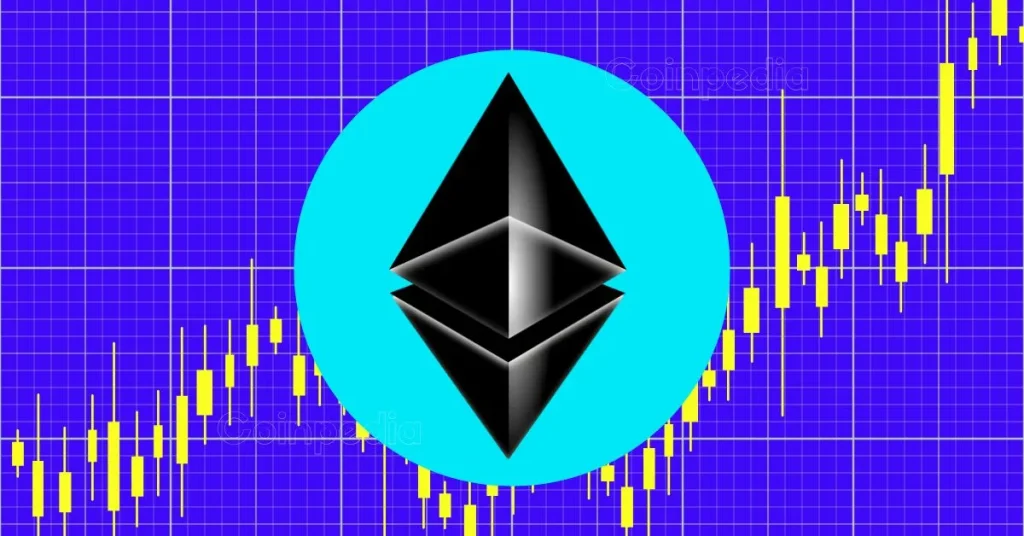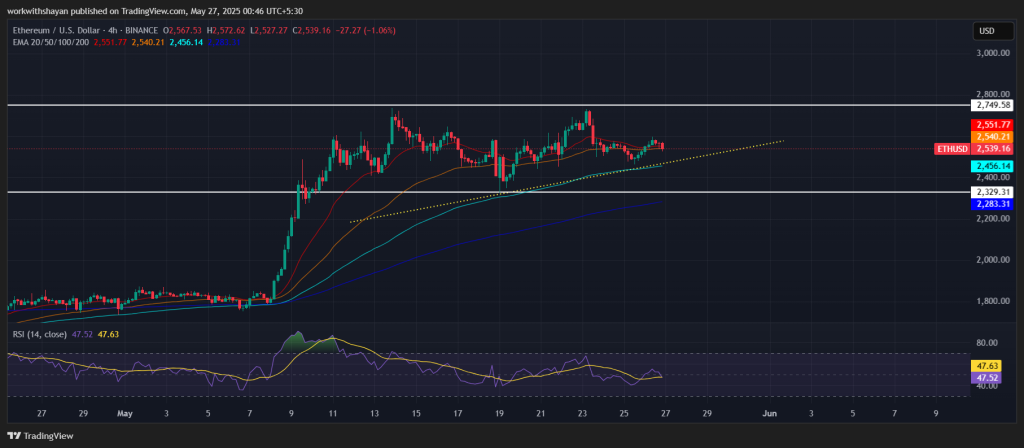
The recent bearish market forces caused Pi Network price to decrease by 30% during the past month. The price of Pi Network dropped below $1 while it tests the $0.9 support level after other altcoins along with Bitcoin showed a slight market recovery. The market trends and uncertain developments combine to worsen the existing value decrease experienced by Pi Network. The question remains as to how low will the PI price go as bear pressure mounts.
After its launch in February, the Pi Network price experienced a rapid increase, yet it is now facing a notable downward movement. The currency attained its highest value point at $2.98 before experiencing a quick market downfall. The mainnet launch failed to meet expectations by driving up the PI price since its launch coincided with a price decline.
On February 20, 2025, the lowest Pi price reached $0.6152 while experiencing an enormous 72.61% decline from its peak value. The market continues to show uncertainty because confidence levels are unstable despite some price recovery.
Why Is Pi Network Price Crashing?
The Pi Network value has dropped significantly because more than 99.3 million Pi currency tokens will soon become available for unlocking. Out of the total $91 million valuation the tokens represent, they will enter daily circulation using a 3 million token release schedule for the next 30-day period.
The market will receive its biggest unlock of 6.8 million tokens when April 3 arrives. The upcoming large unlocks for May and June worry the market due to potential liquidity surges and increased sell-offs.
The price devaluation becomes apparent because Pi Network missed the opportunity to be listed among the leading cryptocurrency exchanges, such as Binance, Coinbase, and Upbit. Although users in South Korea find Pi Network very popular, many exchanges, including major platforms, have barred Pi from their platforms.
Holders continue to display concern about Pi project tokenomics because the Pi Foundation holds a large percentage of the total supply which leads to increased fears and panic selling events.
Will Pi Price Recover Soon?
The price of PI has experienced major fluctuations during recent weeks. The price currently challenges $0.8304 support after losing ground from its initial $1.00 peak. The market value of PI Network currently exists within a consolidation pattern which presents an expected price region from $0.70 to $1.00.
The MACD indicator signals bearish characteristics because both its lines exist under the zero threshold. The current RSI value measures 32 which suggests that BTC approaches a condition where it could become oversold. A market reversal might come into play whenever buying pressure strengthens.

The PI price shows signs of continued resistance at present support areas. The value retaining its $0.70 value could enable a positional shift toward the higher zone of $1.00. A failure at current market support might push the token toward $0.50 in relation to wider market conditions.
The post How Low Can Pi Network Price Go As Bearish Pressure Mounts? appeared first on CoinGape.







